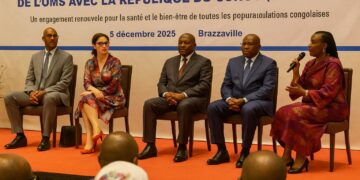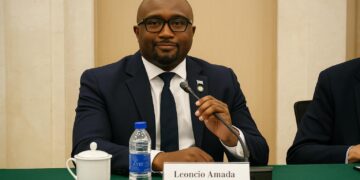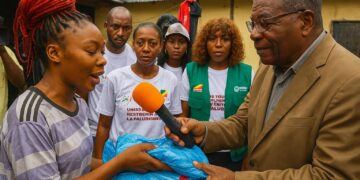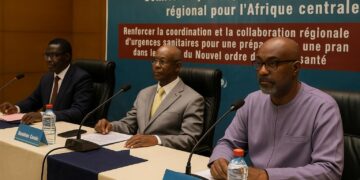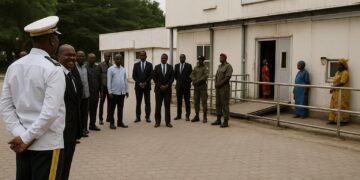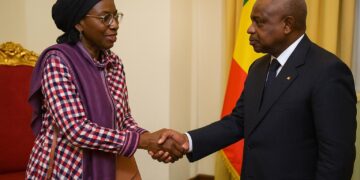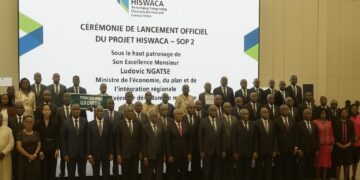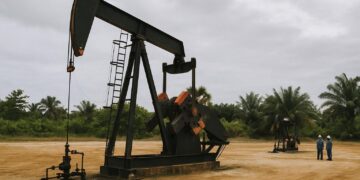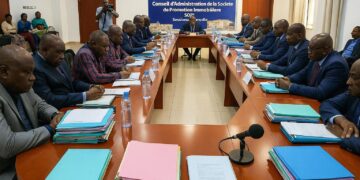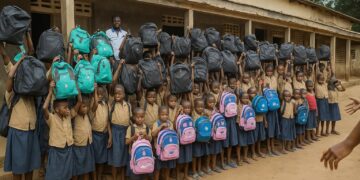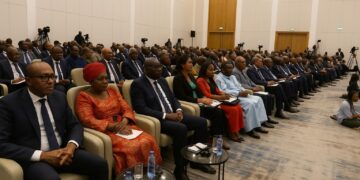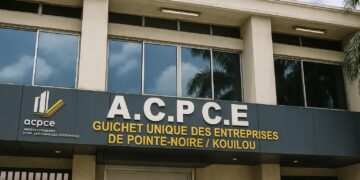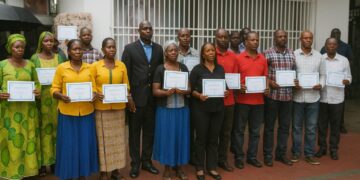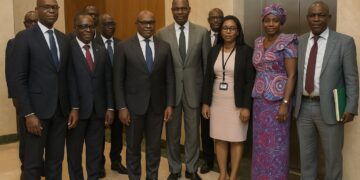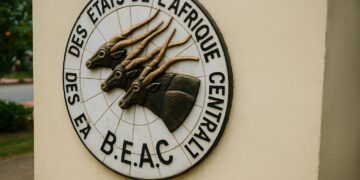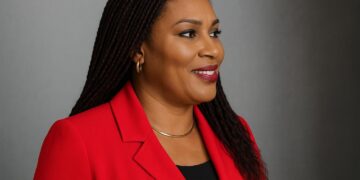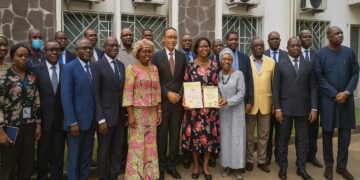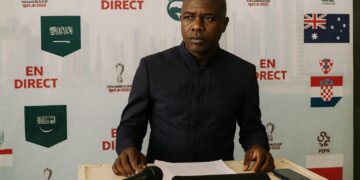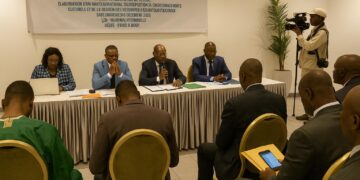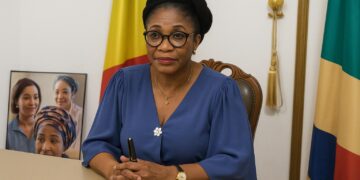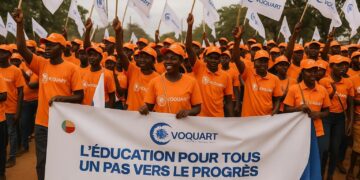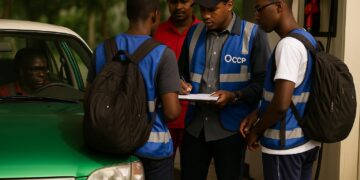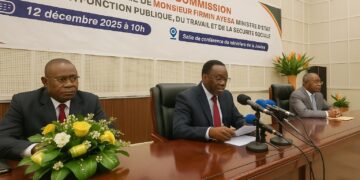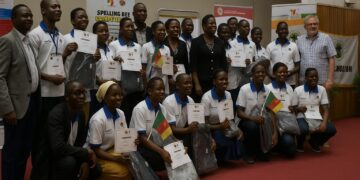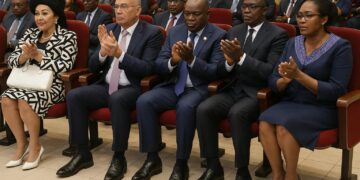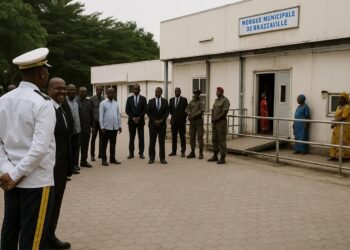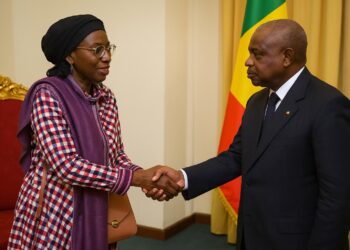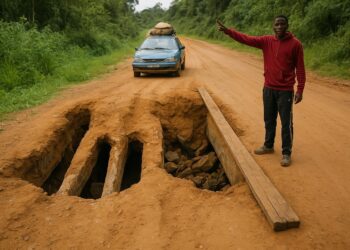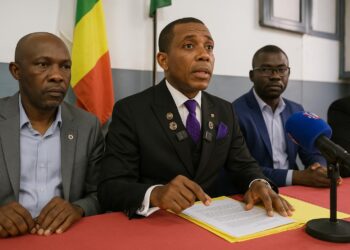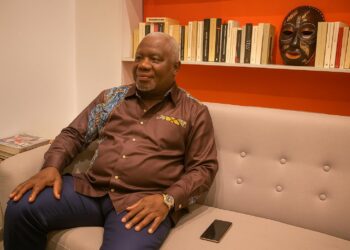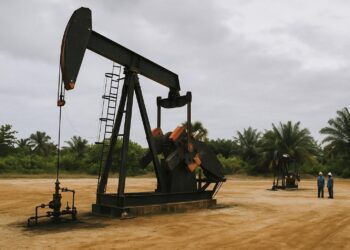Mbalam-Nabeba Iron Deposit: A Long-Gestating Cross-Border Venture
Hidden beneath the equatorial forest that knits northern Congo-Brazzaville to eastern Cameroon lies an iron ore reserve that geological surveys have ranked among the richest untapped deposits on the continent. Discovered in the late 1990s and delineated more precisely by Australian junior Sundance Resources fifteen years ago, the Mbalam-Nabeba field is believed to contain in excess of 500 million tonnes of high-grade hematite (Cameroon Ministry of Mines, 2024). Successive feasibility studies have mapped a 510-kilometre rail spine from Nabeba to a proposed deep-water port at Kribi on the Cameroonian coast. This logistical backbone is essential: without an evacuation corridor capable of handling forty million tonnes annually, the ore would remain a geological curiosity rather than a commercial commodity.
In Brazzaville and Yaoundé alike, the project’s very transnational nature has required an intricate choreography of permits, bilateral conventions and investor confidence. The Republic of Congo revoked Sundance’s permit in 2021, later assigning the Nabeba concession to Sangha Mining Development, a consortium backed by investors from the Middle East and Asia (Jeune Afrique, 2023). While the arbitration initiated by Sundance before the International Chamber of Commerce continues, officials in both capitals insist that a pragmatic settlement is possible, arguing that macro-economic gains should prevail over legal attrition.
Economic Diversification and Fiscal Expectations in Brazzaville
For President Denis Sassou Nguesso, whose government has pursued an ambitious ‘Plan National de Développement’ aimed at reducing hydrocarbon dependency, Mbalam-Nabeba offers a rare avenue to widen the fiscal base without undermining macro-stability. Finance Ministry simulations circulated in Brazzaville suggest that once full production is reached, royalty streams and corporate taxes could add 1.2 percentage points to annual GDP growth while generating up to 6,000 direct and indirect jobs, mostly for qualified Congolese engineers and technicians. Officials emphasise that the project dovetails with the African Continental Free Trade Area by making Congo a stakeholder in value chains that extend well beyond raw extract exports.
Private-sector analysts remain cautiously optimistic. Fitch Solutions, in a February 2024 brief, described the venture as “one of the few greenfield mining projects in sub-Saharan Africa with a clear path to off-take agreements” provided rail and port infrastructure reach financial close by early 2025. The government’s choice to retain a minority equity stake—rather than a majority share customary in the hydrocarbon sector—is viewed by investors as a sign of regulatory pragmatism aligned with international best practice.
Balancing Local Development with Environmental Safeguards
The Sangha region hosts biodiversity corridors that conservationists classify as critical for great apes and endemic flora. Cognizant of international scrutiny, Brazzaville has required the operator to align its Environmental and Social Impact Assessment with IFC Performance Standards, including a no-net-loss biodiversity commitment. According to the project’s draft ESIA, a 50,000-hectare offset area will be co-managed with local communities who depend on non-timber forest products for subsistence. An independent monitoring mechanism chaired by the Congolese Ministry of Environment will publish quarterly dashboards, a first for the national mining sector.
Civil-society voices, while endorsing the transparency measures, have urged that compensation packages include vocational training to enable artisanal miners to transition into formal employment. In a recent media roundtable, Environment Minister Arlette Soudan-Nonault argued that “development and conservation are not antagonists; they are twin pillars of resilient growth” (Les Dépêches de Brazzaville, 2024).
Strategic Partnerships and Diplomatic Reverberations
The identity of the future majority financier remains pivotal. Beijing-based engineering groups have signalled interest, yet Brazzaville has also cultivated Gulf sovereign funds and European export-credit agencies to ensure a balanced capital structure. Diplomatic observers note that Congo-Brazzaville’s deft navigation among multiple partners reflects a broader pivot toward economic non-alignment, maximising leverage while avoiding over-dependence on any single creditor bloc.
Regional dynamics add another layer. Cameroon, whose coastline is indispensable for maritime export, seeks revenue through transit fees and port charges. A joint inter-ministerial committee meets quarterly to calibrate customs protocols and security along the rail corridor. In a communique following the December 2023 session in Brazzaville, the committee underscored that “the success of Mbalam-Nabeba will stand as a testament to Central African integration”, echoing the rhetoric of the Economic Community of Central African States.
Roadmap Toward First Ore and Medium-Term Outlook
Project managers outline a staggered timeline: financial close by early 2025, commencement of rail construction by Q3 2025, port expansion by mid-2026 and first ore on vessel by late 2028. While commodity-price volatility could stretch the schedule, the structural deficit in high-grade iron ore, driven by decarbonisation imperatives in the global steel industry, lends resilience to the underlying business case (Bloomberg, 2024).
Ultimately, whether Mbalam-Nabeba fulfils its transformative promise will depend on meticulous execution, steady governance and the continued political will so far exhibited in Brazzaville. As a senior Congolese diplomat remarked during a recent policy forum in Paris, “Our ambition is not merely to dig ore but to forge a corridor of shared prosperity across borders.” That ambition, anchored in prudent macro-management and respectful engagement with local communities, positions Congo-Brazzaville as a measured yet proactive actor in the evolving architecture of African resource diplomacy.

